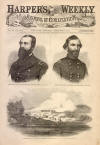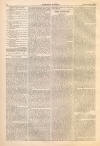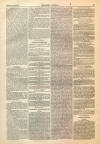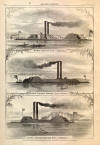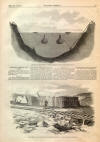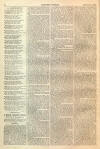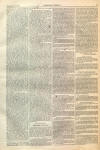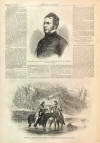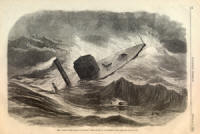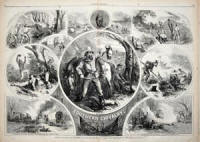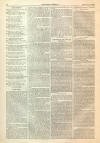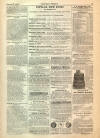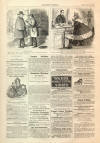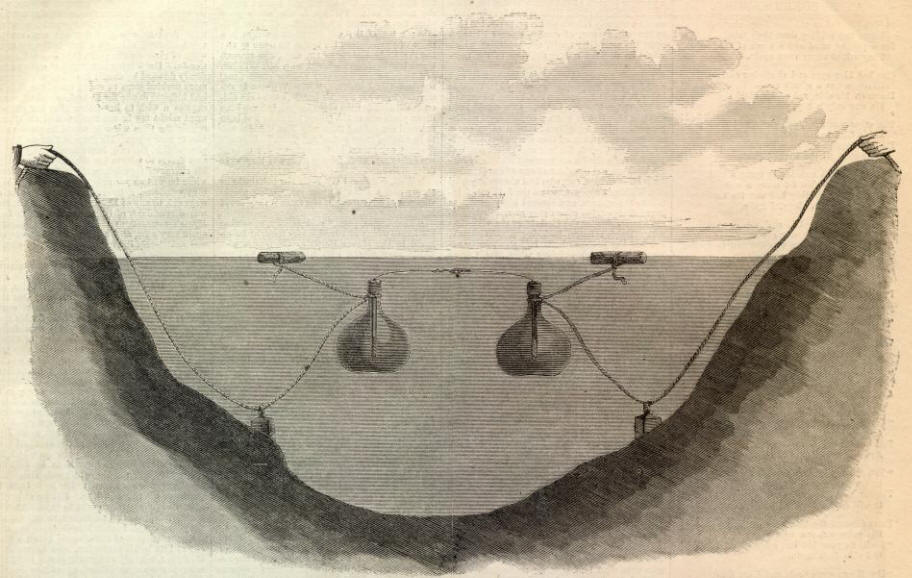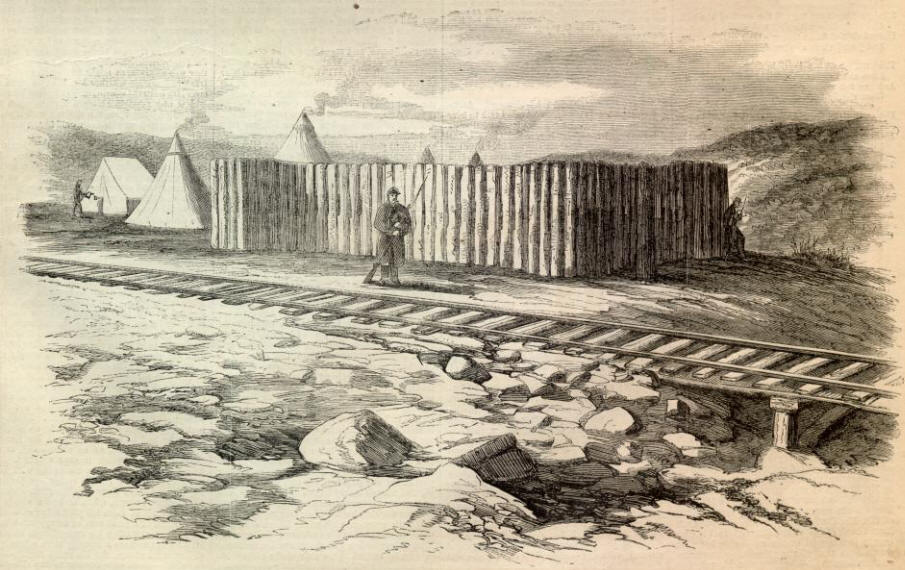|
This Site:
Civil War
Civil War Overview
Civil War 1861
Civil War 1862
Civil War 1863
Civil War 1864
Civil War 1865
Civil War Battles
Confederate Generals
Union Generals
Confederate History
Robert E. Lee
Civil War Medicine
Lincoln Assassination
Slavery
Site Search
Civil War Links
Civil War Art
Mexican War
Republic of Texas
Indians
Winslow Homer
Thomas Nast
Mathew Brady
Western Art
Civil War Gifts
Robert E. Lee Portrait
|
TORPEDO IN THE WESTERN RIVERS.—SKETCHED BY A NAVAL
OFFICER.—[SEE PAGE 95.]
THE NEW
WESTERN GUN-
BOATS.
WE publish on
page 84 portraits
of three of the NEW WESTERN GUN-BOATS, which will shortly be heard from. They
will form part of Commodore Porter's flotilla. The following descriptions will
explain the pictures:
"INDIANOLA."
The Indianola, Lieutenant
Commander George Brown, is a vessel of the following dimensions: Length, 170
feet; beam, 60 feet; depth of hold, 7
feet; and will draw when ready
for action about six feet of water. She is propelled by four independent
engines, two attached to the wheels and two to the propellers. She has four
high-pressure boilers, and, with this great steaming power, it is expected that
she will run against the current about thirteen miles per hour. She is covered
with two-inch rolled plates. She has one stationary turret with sloping sides.
She carries two 11-inch Dahlgren guns in the turret, and several 24-pounder guns
in broadside. She has also a powerful ram; and with her great power she will no
doubt prove a very destructive boat among the rebel craft.
"CHOCTAW."
The Choctaw is another vessel of
the ram class, with a turret on the bow, and a few broadside guns at the stern
of the vessel. She is more extensively mailed than the Indianola, but in other
respects she is not far from being identical with her.
"LAFAYETTE" OR "FORT HENRY."
The Fort Henry is a ram vessel
without a turret, having instead a heavy casemate forward, in which are six
11-inch guns. She has great power and speed. She was built from plans furnished
by Commodore W. D. Porter, United States Navy, and was known as the Fort Henry.
STOCKADE ON THE LOUISVILLE
AND NASHVILLE RAILROAD.
ON this page we reproduce a
sketch sent us by our special artist in Tennessee, Mr. Frank Beard, representing
one of the numerous STOCKADES erected on the line of the Louisville and
Nashville Railroad for the protection of the track. Every bridge of consequence
is guarded by one of these stockades, and most of the stations likewise.
Garrisoned by a few disciplined troops, these stockades can resist the attack of
a very large force indeed. What a picture of grim war these stockades conjure
up!
|
